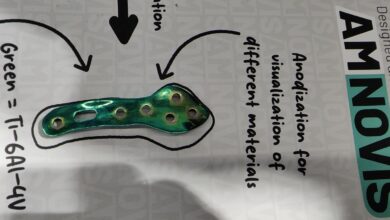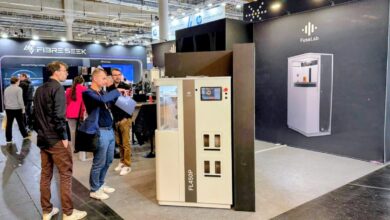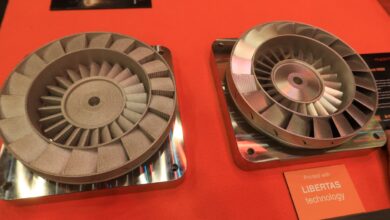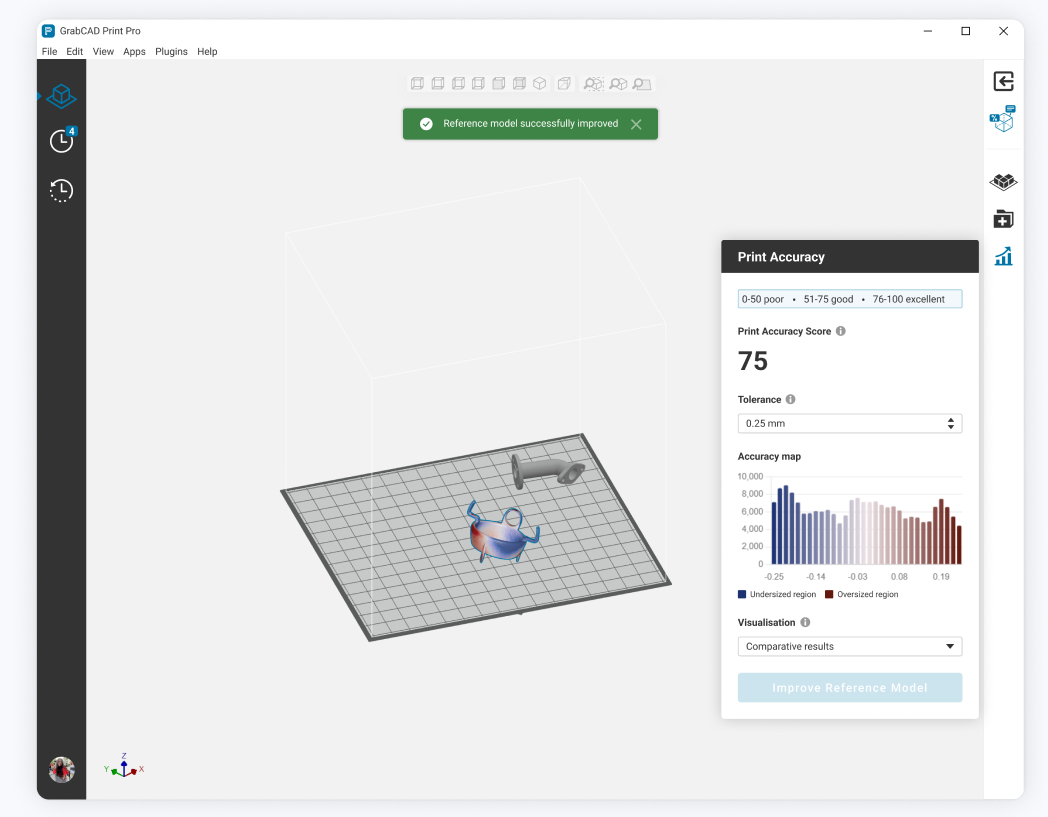
GrabCAD Print Pro voor bedrijven die met AM opschalen naar productie
Stratasys lanceert uitgebreide print voorbereidingssoftware als SaaS
Bedrijven die bezig zijn met de shift naar 3D printen inzetten als productietechnologie, kunnen overstappen op GrabCAD Print Pro. Stratasys kondigt deze nieuwe software aan. Hierin is onder andere de Riven QA software geïntegreerd. Ook staat de Pro editie open voor plug ins van derden, zoals Castor en AlphaStar.
Stratasys heeft het al eerder aangegeven. GrabCAD Print is een belangrijk product voor de 3D printerfabrikant. Dat benadrukt het nog eens met de release van de GrabCAD Print Pro software. “Onze klanten breiden de implementatie van 3D-printen steeds meer uit van prototyping naar productie van onderdelen voor eindgebruik, waarbij consistente kwaliteit en procesefficiëntie echt essentieel zijn. Deze nieuwe next-generation software is ontworpen om hen te helpen hun huidige en toekomstige bedrijfsdoelstellingen te bereiken en hen in staat te stellen hun additive manufacturing mogelijkheden aanzienlijk en snel op te schalen”, zegt Rich Garrity, Chief Industrial Business Officer.
Quality Assurance geïntegreerd in print voorbereidingssoftware
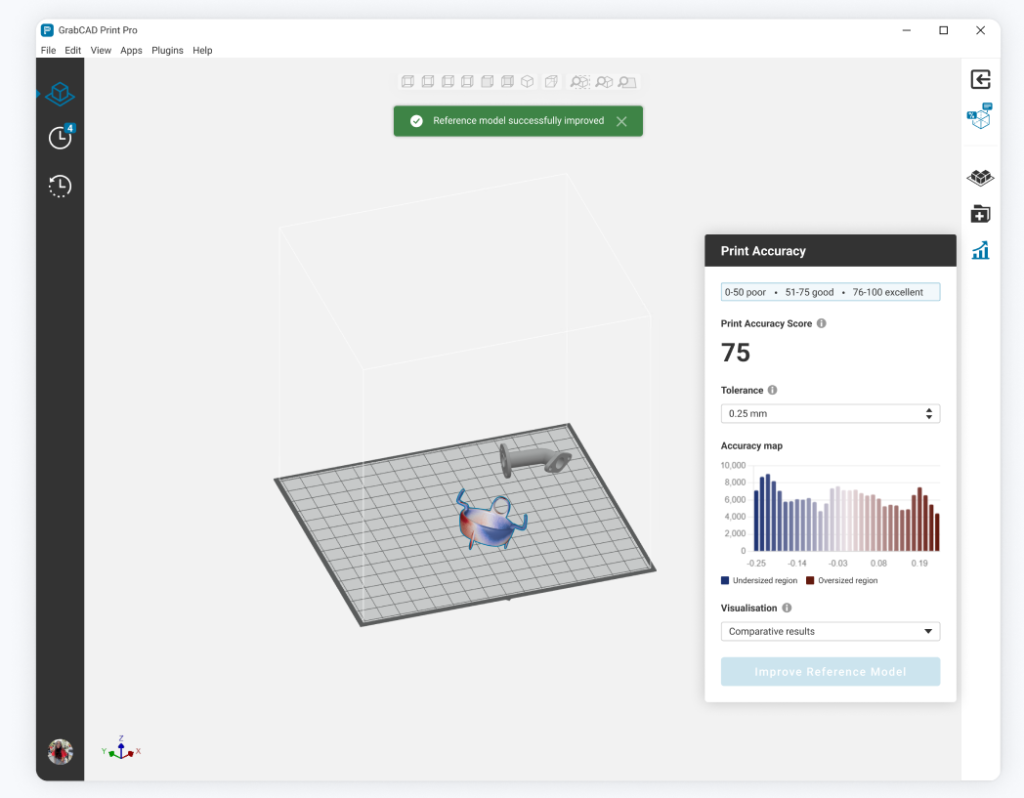
De nieuwe mogelijkheden van de Pro editie
De Pro-versie van de software is specifiek bedoeld voor bedrijven die opschalen met 3D printen en bezig zijn met produceren van onderdelen. De printvoorbereidingssoftware zorgt onder andere voor een betere kwaliteit, minder afval en kortere doorlooptijd. Zo zorgt het Warp Additive Model automatisch voor correctie voor warping door het eerste onderdeel te scannen en dan voor de afwijking te corrigeren. Gebruikers kunnen ook gestandaardiseerde templates aanmaken. Daarmee kunnen ze toekomstige builds sneller programmeren. Met de GrabCAD Print Pro kan men in combinatie met de SAF-printers unieke codes meeprogrammeren, etiketten genereren en nesten. Dat laatste gebeurt met 3D Array, een onderdeel van de software om onderdelen in de Z-richting correct te stapelen. Hiermee reduceert men de printtijd. Ook de kwaliteitsborging software van Riven is geïntegreerd in de Pro versie. Stratasys heeft deze softwareontwikkelaar verleden jaar overgenomen.
Plug-ins van Castor en AlphaStar
Nieuw is verder dat Stratasys plug-ins van derden toelaat tot het GrabCAD Pro platform. Als eerste worden plug-ins van Castor en AlphaStar aangeboden. Castor is software waarmee men eenvoudig onderdelen kan identificeren die geschikt zijn om te 3D printen. “Door dit partnerschap stellen we meer fabrikanten in staat om Castor naadloos op te nemen in hun ontwerp- en productieplatforms en zo gemakkelijker mogelijkheden voor additive manufacturing te identificeren”, zegt Omer Blaier, co-founder en CEO van Castor. AlphaStar ontwikkelt software om de gereedschapbanen en print parameters te analyseren. Daarnaast kan men met de software het thermisch proces simuleren. Dat draagt bij aan betere design cycli en hogere productkwaliteit met minder iteraties.
Stratasys biedt de GrabCAD Print Pro software aan als een service. In eerste instantie is dat voor de SAF- en FDM-printers. Voor meer informatie over Stratasys producten kun je in de Benelux terecht bij Seido-Systems.



